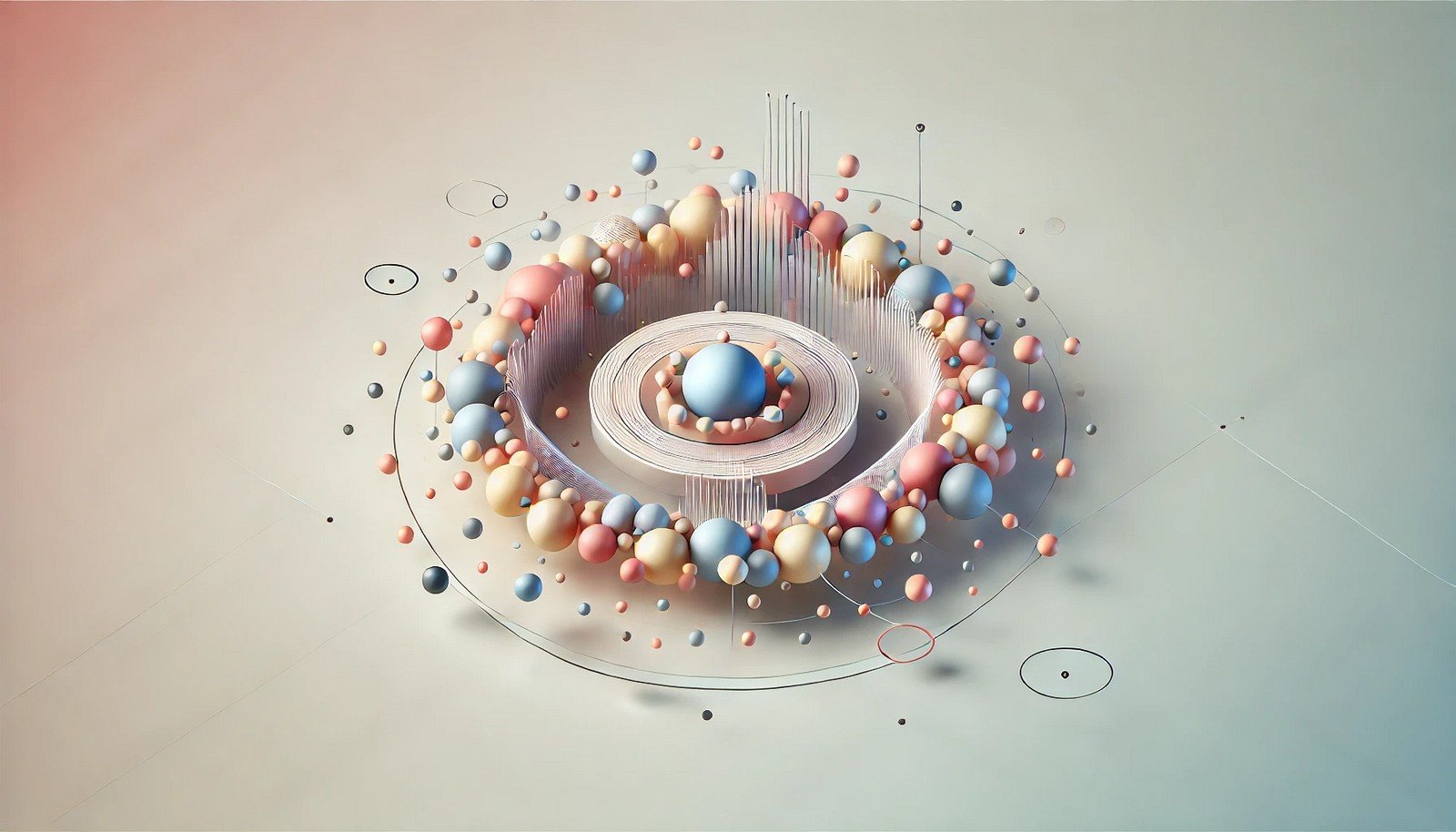Gradient Averaging

Quick Navigation:
- Gradient Averaging Definition
- Gradient Averaging Explained Easy
- Gradient Averaging Origin
- Gradient Averaging Etymology
- Gradient Averaging Usage Trends
- Gradient Averaging Usage
- Gradient Averaging Examples in Context
- Gradient Averaging FAQ
- Gradient Averaging Related Words
Gradient Averaging Definition
Gradient Averaging is a process in machine learning where gradients from different models, nodes, or iterations are averaged to create a stable and representative update for model parameters. It is commonly applied in distributed or parallel training of neural networks, helping models converge more effectively. Gradient Averaging reduces the noise inherent in individual gradient updates, leading to more accurate and robust model predictions.
Gradient Averaging Explained Easy
Imagine you and your friends are trying to guess how many candies are in a jar. Each person has a guess, but by taking the average of all guesses, you get closer to the real number. Gradient Averaging in AI works similarly: instead of relying on one guess (or update), it combines many to make a better decision.
Gradient Averaging Origin
The concept emerged with advancements in deep learning and parallel computing, where large models and datasets necessitated distributed training. This method allowed multiple computers to work together efficiently by averaging updates and ensuring consistent model learning.
Gradient Averaging Etymology
The term “gradient averaging” combines "gradient," referring to the direction of optimization in neural networks, and "averaging," a statistical method to combine multiple values into a single representative value.
Gradient Averaging Usage Trends
As machine learning models grow in complexity and scale, Gradient Averaging has become crucial for speeding up training while maintaining model accuracy. Many state-of-the-art architectures use distributed training, where Gradient Averaging ensures smooth and efficient learning. It's widely used in tech companies and research labs aiming for high-performance models in minimal time.
Gradient Averaging Usage
- Formal/Technical Tagging:
- Machine Learning
- Distributed Computing
- Neural Networks - Typical Collocations:
- "gradient averaging technique"
- "model parameter averaging"
- "distributed gradient updates"
Gradient Averaging Examples in Context
- In deep learning, Gradient Averaging helps improve convergence rates by averaging gradient updates across multiple GPUs.
- Distributed training in autonomous vehicle software often uses Gradient Averaging to synchronize learning across different systems.
- Google’s large language models use Gradient Averaging to optimize training on massive datasets efficiently.
Gradient Averaging FAQ
- What is Gradient Averaging?
Gradient Averaging is a technique where multiple gradients are averaged to create a stable model update during training. - Why is Gradient Averaging important in distributed training?
It helps synchronize updates across nodes, improving model stability and reducing convergence time. - How does Gradient Averaging work?
Individual gradients are computed across nodes and then averaged, creating a unified update for model parameters. - In what models is Gradient Averaging commonly used?
It’s widely used in neural networks, especially those trained on large, distributed datasets. - What are the benefits of Gradient Averaging?
It enhances stability, reduces training noise, and speeds up model convergence. - Does Gradient Averaging impact model accuracy?
Yes, by reducing noise, it often leads to more accurate model predictions. - Can Gradient Averaging be used in non-neural network models?
While more common in neural networks, it can apply to other models benefiting from parallel gradient updates. - How is Gradient Averaging implemented in real-world AI systems?
It’s typically done in distributed AI systems like data centers using synchronized updates. - What challenges does Gradient Averaging face?
It requires careful network coordination, especially when dealing with very large models. - Is Gradient Averaging only used in AI?
No, the concept can apply to other fields involving parallelized optimization.
Gradient Averaging Related Words
- Categories/Topics:
- Machine Learning
- Neural Networks
- Optimization
Did you know?
Gradient Averaging has become vital in training models for image recognition and language processing. In 2020, researchers used Gradient Averaging in a distributed setup to set a record in training time for one of the largest AI models, showcasing its efficiency in high-stakes machine learning.
PicDictionary.com is an online dictionary in pictures. If you have questions or suggestions, please reach out to us on WhatsApp or Twitter.Authors | Arjun Vishnu | @ArjunAndVishnu

I am Vishnu. I like AI, Linux, Single Board Computers, and Cloud Computing. I create the web & video content, and I also write for popular websites.
My younger brother, Arjun handles image & video editing. Together, we run a YouTube Channel that's focused on reviewing gadgets and explaining technology.



Comments powered by CComment